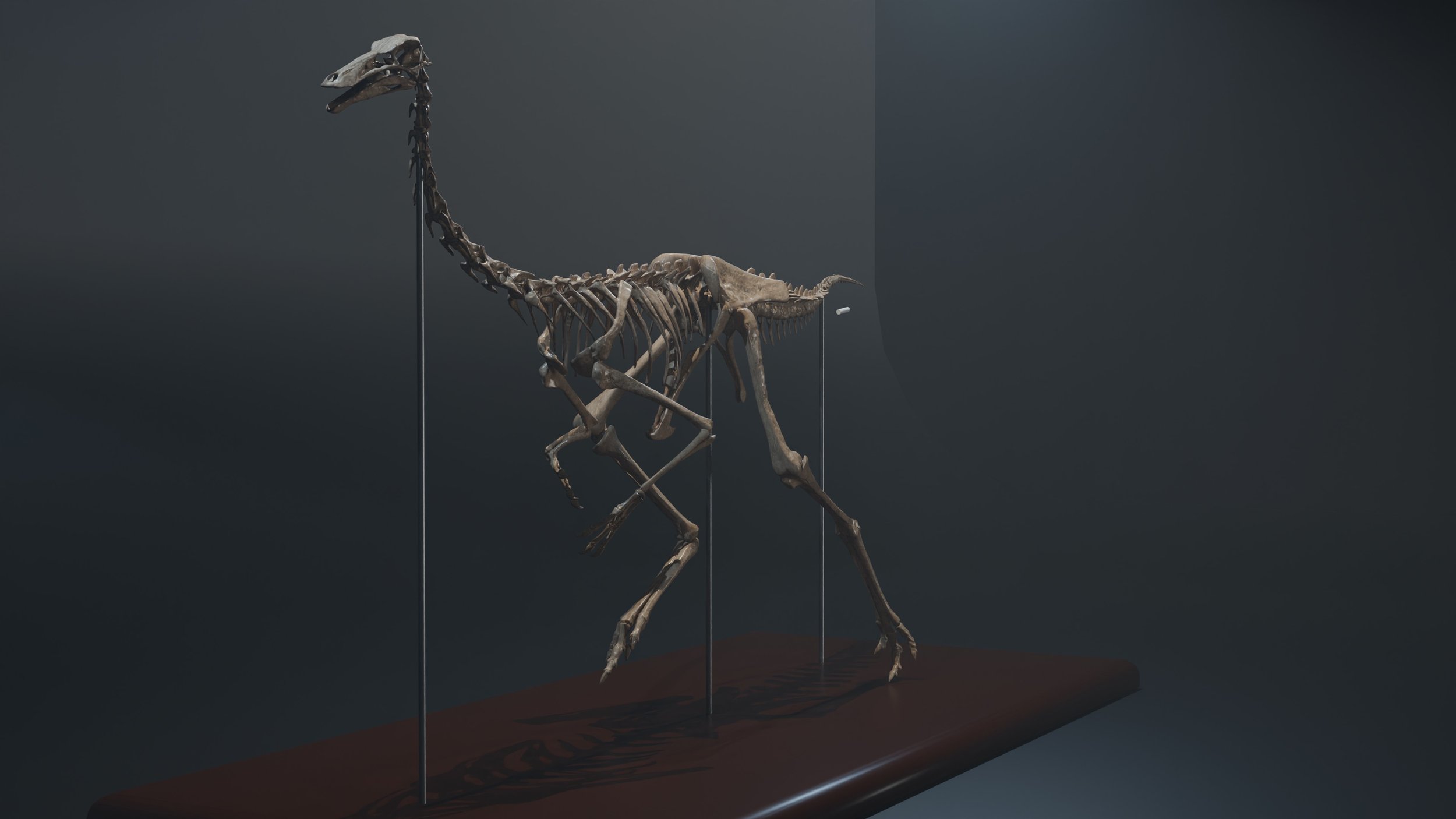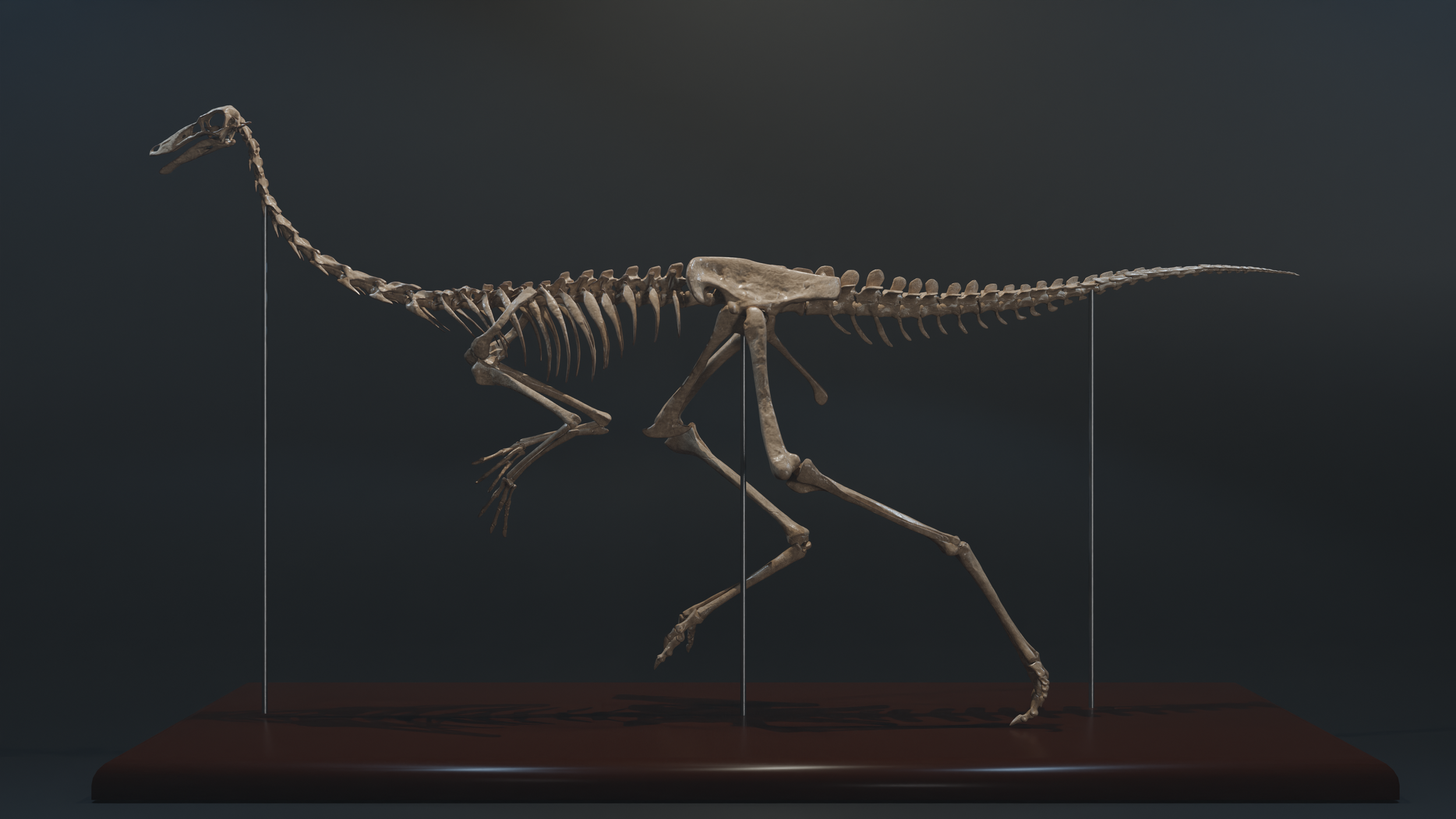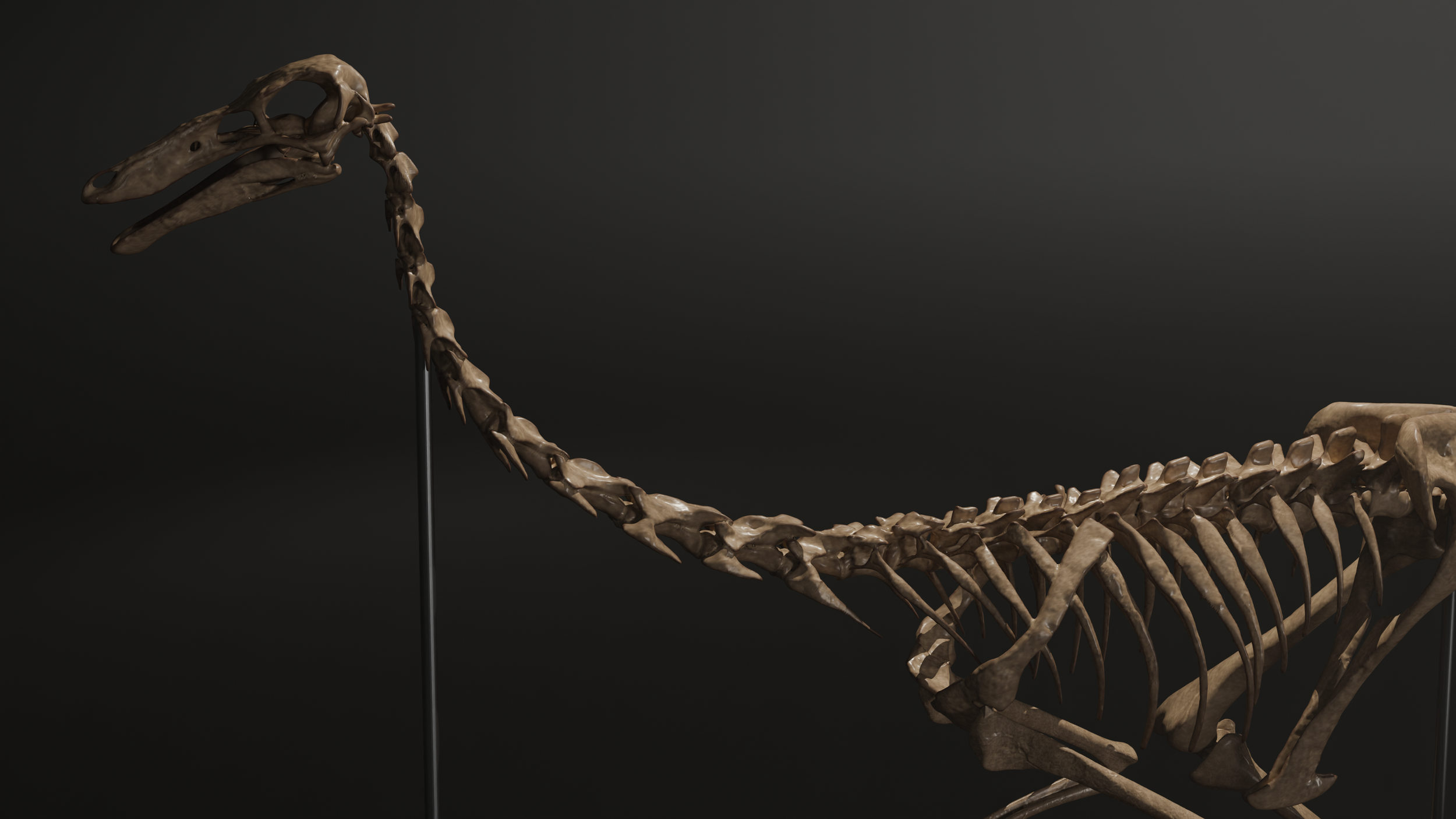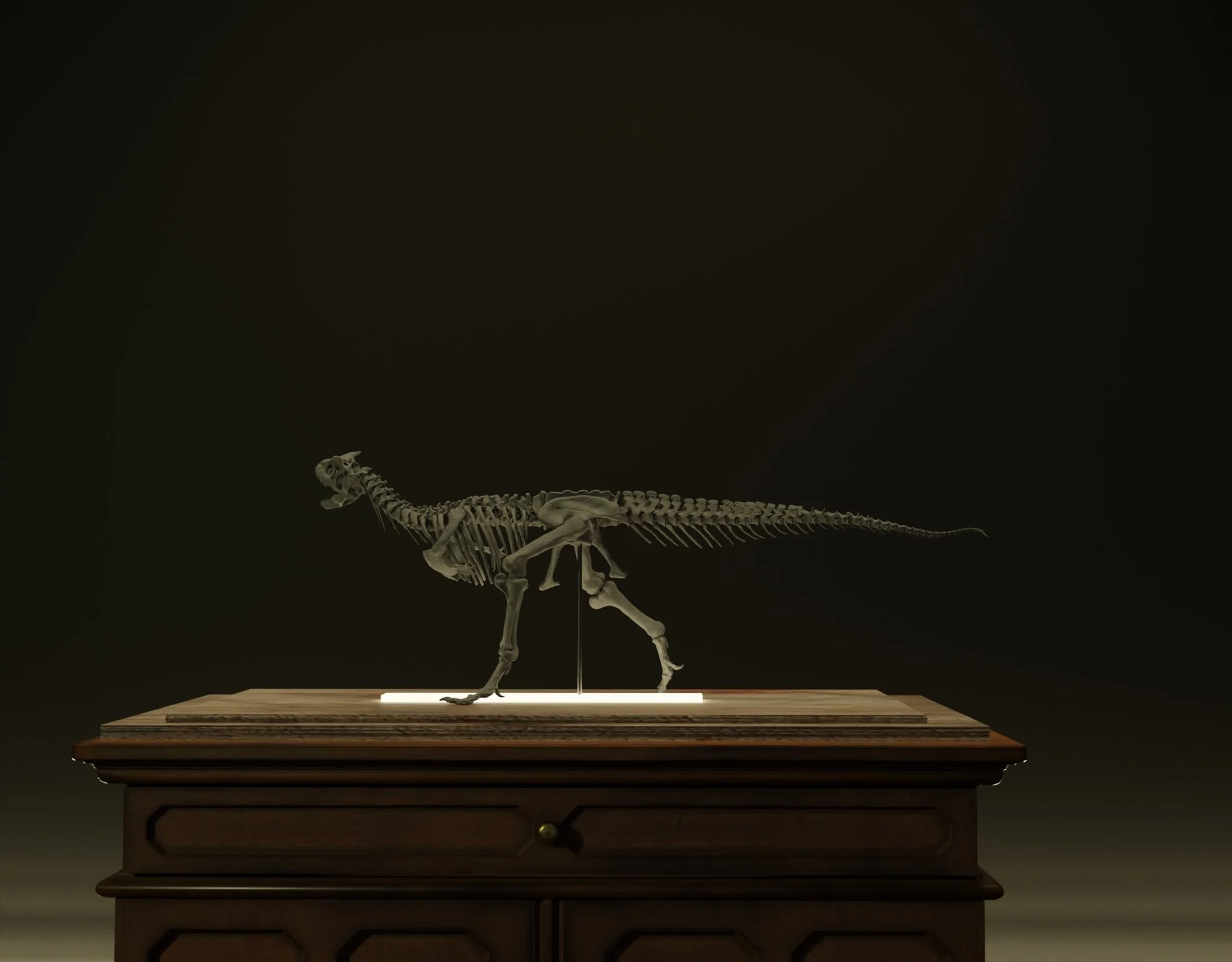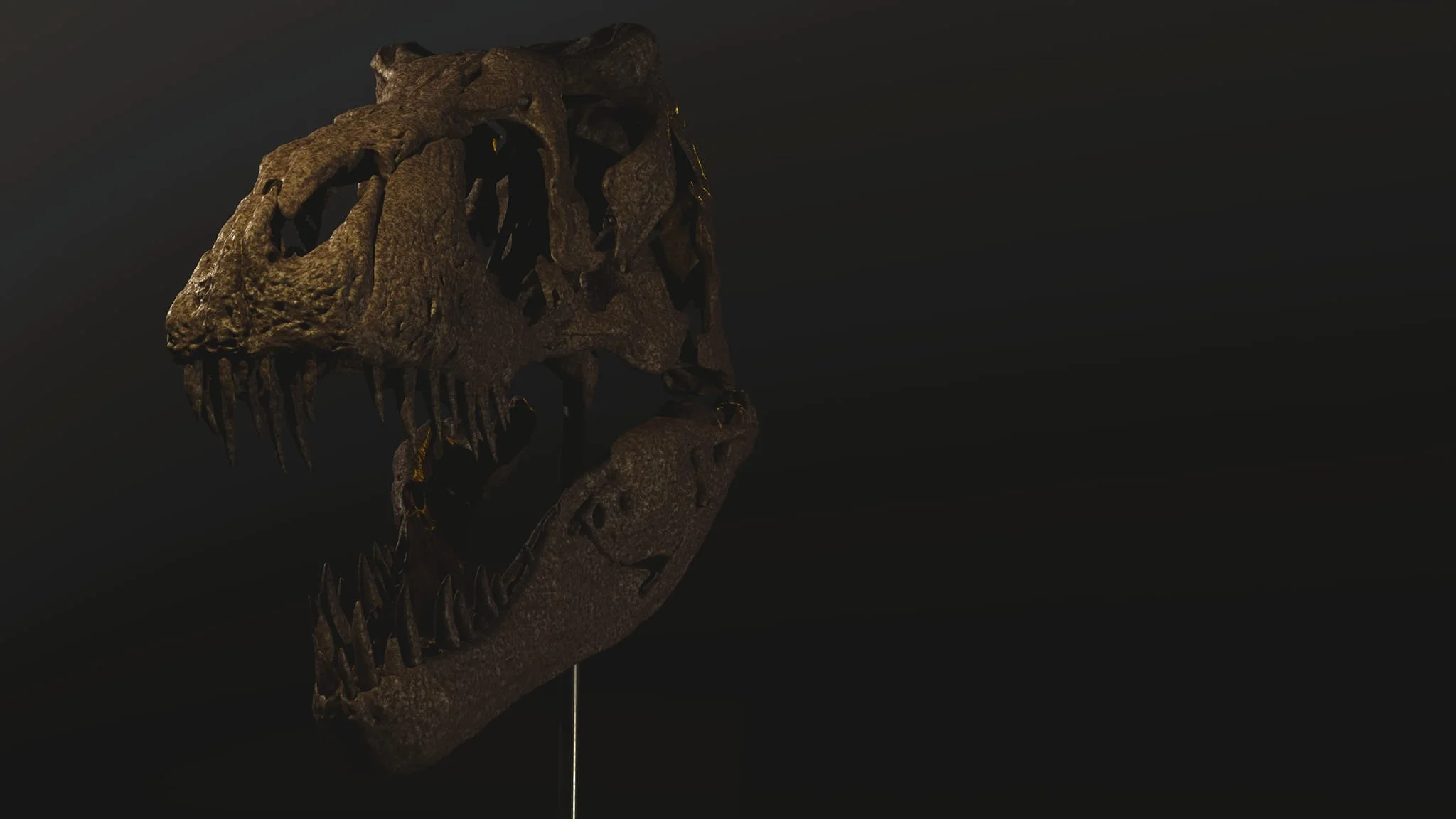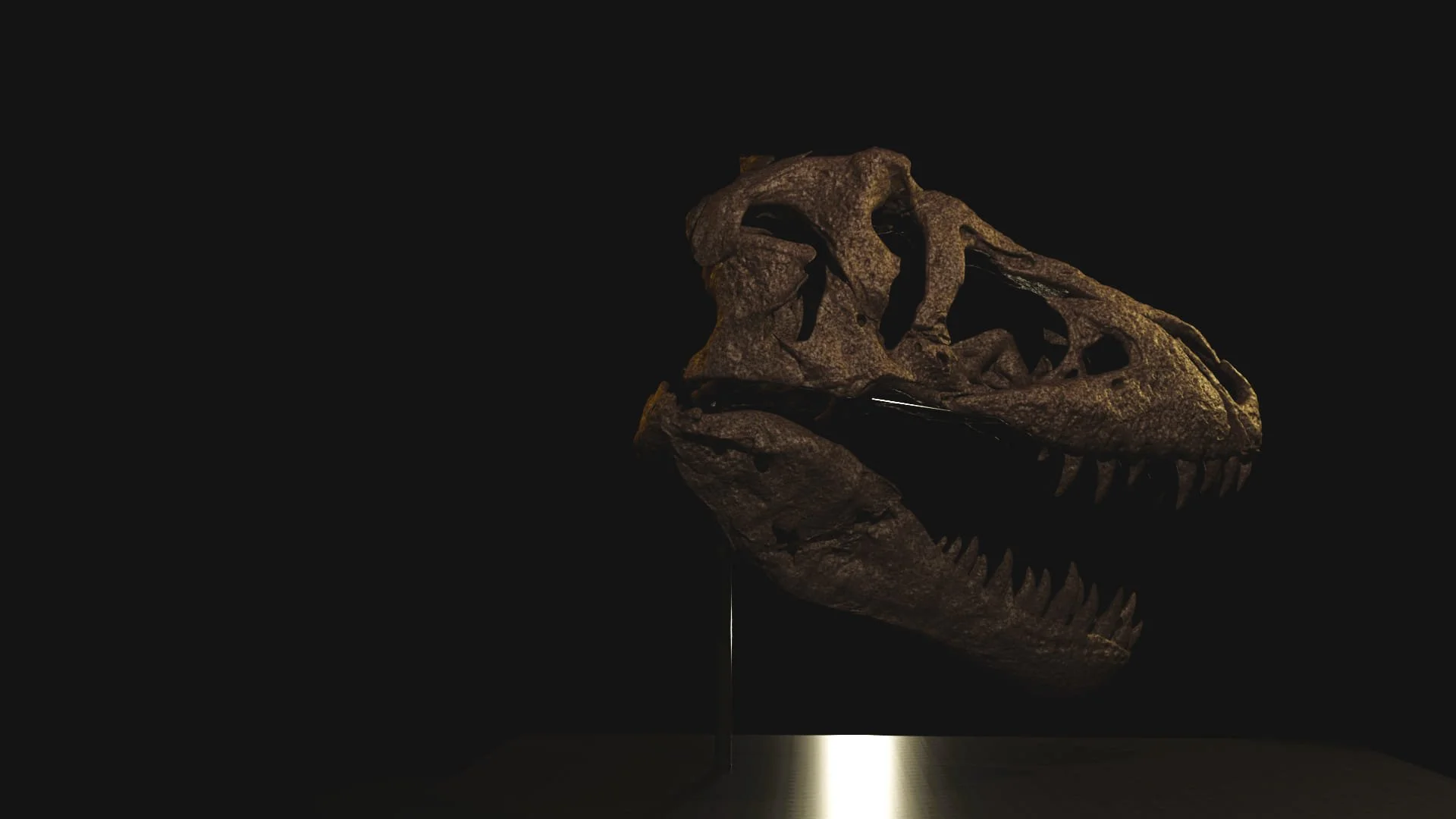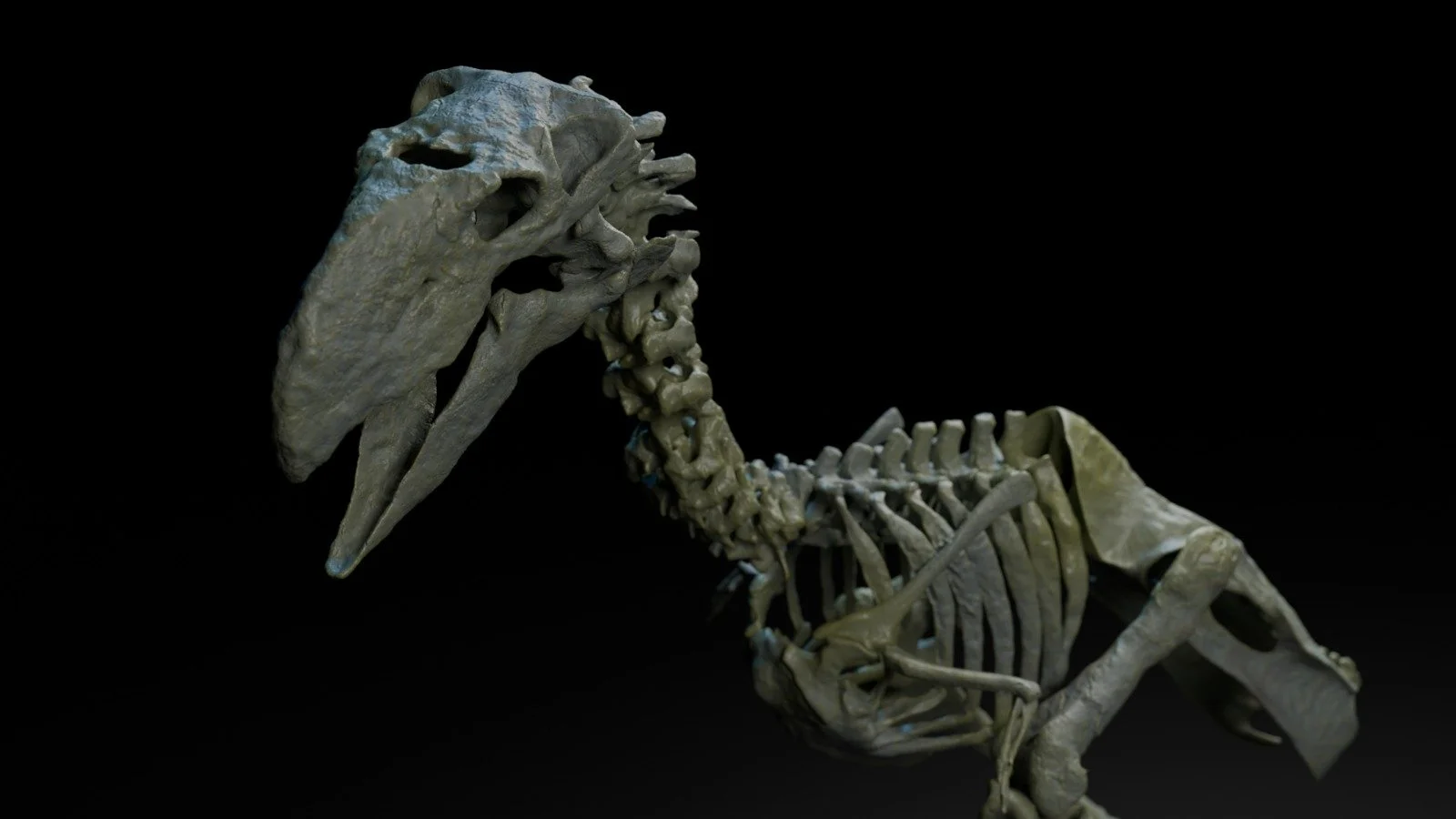


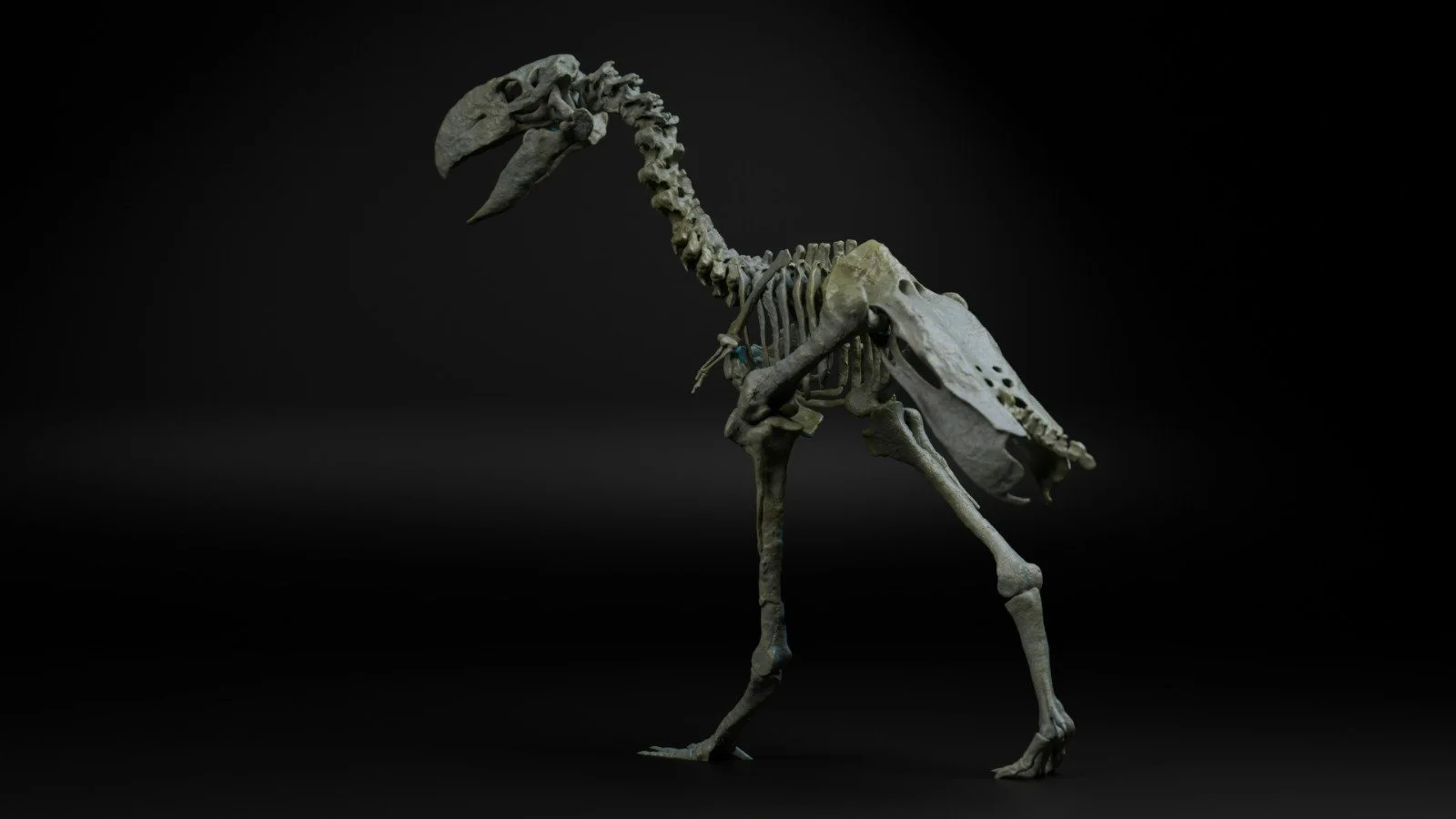
1:6 Gastornis Giganteus Replica
If you aren’t familiar with gastornis, that is probably because it used to go by another name - diatryma! But just one name change? There could be more - it has had A LOT of potential synonyms and name changes since its discovery waaaaaay back in 1876.
If you think the name thing was great - there’s more. If you do a deep dive on gastornis, you’ll find just about everything about this bird has been contested. What it ate, what it was related to, how it appeared (bear in mind we have some pretty good fossil records of this creature!).
To start, if you search this bird up, you will likely find dated pictures of it terrorizing early horses. To be fair, it lived at the same time as these early mammals and its powerful beak had palaeontologists at the time thinking it was a predator. Indeed, many birds with similar builds were nicknamed “terror birds” and did just that.
But something wasn’t quite right. gastornis was heavily built, and didn’t have the traits of a predator like a hooked beak, or sharp talons on its hind limbs. So of course, there were arguments that instead of being a carnivore, gastornis was actually a giant nut-cracker, and was herbivorous.
The herbivorous gastornis theory has ultimately won out - chemical analysis of its bones revealed a veggie heavy diet.
Gastornis, for the moment at least, is also considered a cousin of modern-day ducks and waterfowl. How about that!?
This model is a fantastic conversation starter, and if with the right group is pretty humorous. It went from a horse eating terror bird to quite literally “a honking big nut cracker”. It is a great example of how science may not always get things right at first, but the truth always comes out in the end, and that how fossils look only tell part of the story.
Our gastornis obviously is not the giant it was in real life. At 1:6 scale it works out to be 34cm tall, 33cm long and about 15cm wide.
Our basic product offering comes in two forms:
A raw, unpainted model kit printed in resin at a 16k resolution. If you select this form, you will receive a ready to articulate, but unfinished assembly. It will come un-primed and will require painting/weathering. Each kit will come with a set of basic instructions and material recommendations. This option does not include a base but will include support rods.
A finished model which has been painted, weathered and varnished (to protect paint job). It will be shipped unarticulated, however basic assembly instructions will be included. Time required for assembly: Appox 10-15 minutes.
For the base on a finished model, we favour utilising reclaimed wood for our bases. If you select this option you will be presented with a selection of options based on what is available.
If you choose the finished option, Joe will be in contact during the course of his building the replica for your enjoyment and to ensure it arrives looking just how you would like it to.
If you aren’t familiar with gastornis, that is probably because it used to go by another name - diatryma! But just one name change? There could be more - it has had A LOT of potential synonyms and name changes since its discovery waaaaaay back in 1876.
If you think the name thing was great - there’s more. If you do a deep dive on gastornis, you’ll find just about everything about this bird has been contested. What it ate, what it was related to, how it appeared (bear in mind we have some pretty good fossil records of this creature!).
To start, if you search this bird up, you will likely find dated pictures of it terrorizing early horses. To be fair, it lived at the same time as these early mammals and its powerful beak had palaeontologists at the time thinking it was a predator. Indeed, many birds with similar builds were nicknamed “terror birds” and did just that.
But something wasn’t quite right. gastornis was heavily built, and didn’t have the traits of a predator like a hooked beak, or sharp talons on its hind limbs. So of course, there were arguments that instead of being a carnivore, gastornis was actually a giant nut-cracker, and was herbivorous.
The herbivorous gastornis theory has ultimately won out - chemical analysis of its bones revealed a veggie heavy diet.
Gastornis, for the moment at least, is also considered a cousin of modern-day ducks and waterfowl. How about that!?
This model is a fantastic conversation starter, and if with the right group is pretty humorous. It went from a horse eating terror bird to quite literally “a honking big nut cracker”. It is a great example of how science may not always get things right at first, but the truth always comes out in the end, and that how fossils look only tell part of the story.
Our gastornis obviously is not the giant it was in real life. At 1:6 scale it works out to be 34cm tall, 33cm long and about 15cm wide.
Our basic product offering comes in two forms:
A raw, unpainted model kit printed in resin at a 16k resolution. If you select this form, you will receive a ready to articulate, but unfinished assembly. It will come un-primed and will require painting/weathering. Each kit will come with a set of basic instructions and material recommendations. This option does not include a base but will include support rods.
A finished model which has been painted, weathered and varnished (to protect paint job). It will be shipped unarticulated, however basic assembly instructions will be included. Time required for assembly: Appox 10-15 minutes.
For the base on a finished model, we favour utilising reclaimed wood for our bases. If you select this option you will be presented with a selection of options based on what is available.
If you choose the finished option, Joe will be in contact during the course of his building the replica for your enjoyment and to ensure it arrives looking just how you would like it to.

